News
22. May 2018, Topic: Sediment Ecotoxicology
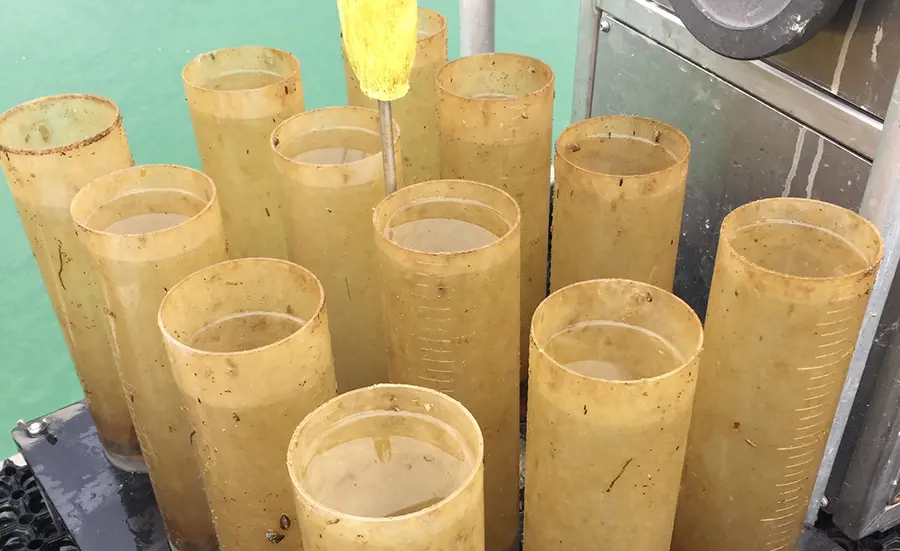
Chironomids as PCB finders
Chironomid larvae were used to monitor the remediation of a site contaminated with PCB, both in the field under field conditions and in the laboratory under controlled conditions. Water quality improved significantly, but part of the contamination remained.
Read more22. May 2018, Topic: Soil Ecotoxicology
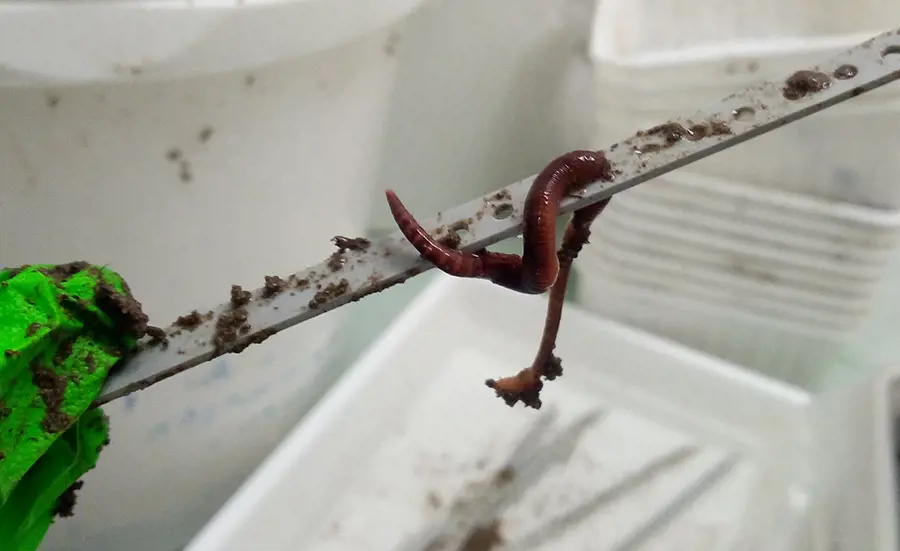
Soil organisms like it hot
The bait lamina test is a useful method to determine the soil quality in the field. The Ecotox Centre has examined the influence of soil moisture on the test results in more detail: This facilitates the interpretation of the method and brings the test one step closer to routine application.
Read more18. May 2018, Topic: Aquatic Ecotoxicology , Soil Ecotoxicology , Sediment Ecotoxicology , Risk Assessment

Staff at the Ecotox Centre
We welcome two new employees, Janine Wong and Alan Bergmann. Welcome to the Ecotox Centre! And we wish Sophie Campiche every success in her new activities.
Read more18. May 2018, Topic: Aquatic Ecotoxicology
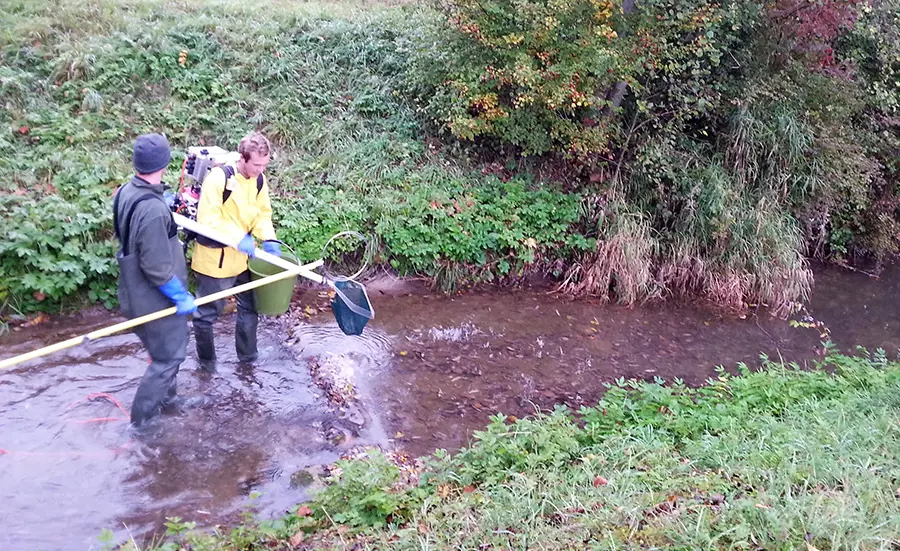
Trout measure the influence of pollutants
Chemicals in surface waters have effects on water organisms. The activation of biomarker genes in trout is a good measure of such effects under field conditions and can be used to assess water quality.
Read more05. April 2018, Topic: Aquatic Ecotoxicology
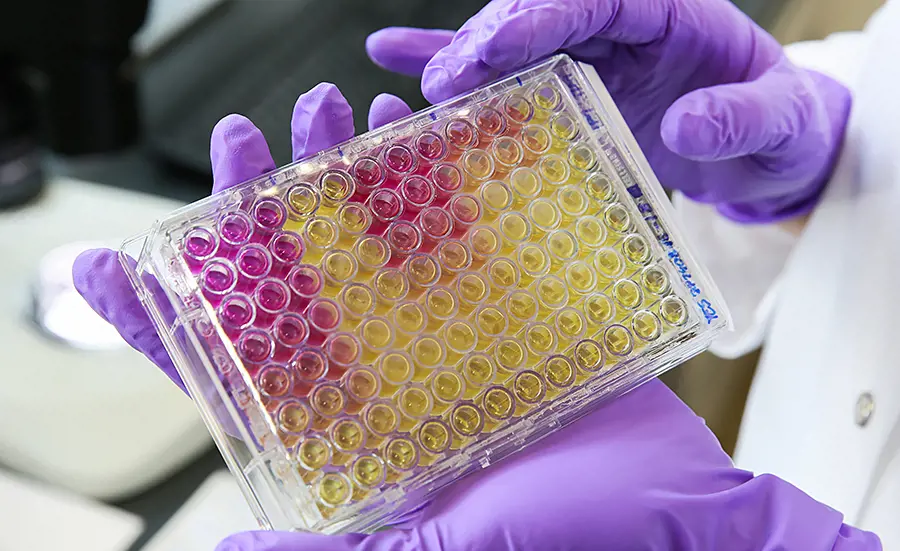
Bioassays for the assessment of water quality
Within the Modular Stepwise Procedure a concept has been developed for the overall assessment of rivers that are contaminated with waste water using ecotoxicological bioassays. The concept represents a first step towards an integrative assessment of water quality.
Read more29. March 2018, Topic: Aquatic Ecotoxicology , Soil Ecotoxicology , Sediment Ecotoxicology , Risk Assessment
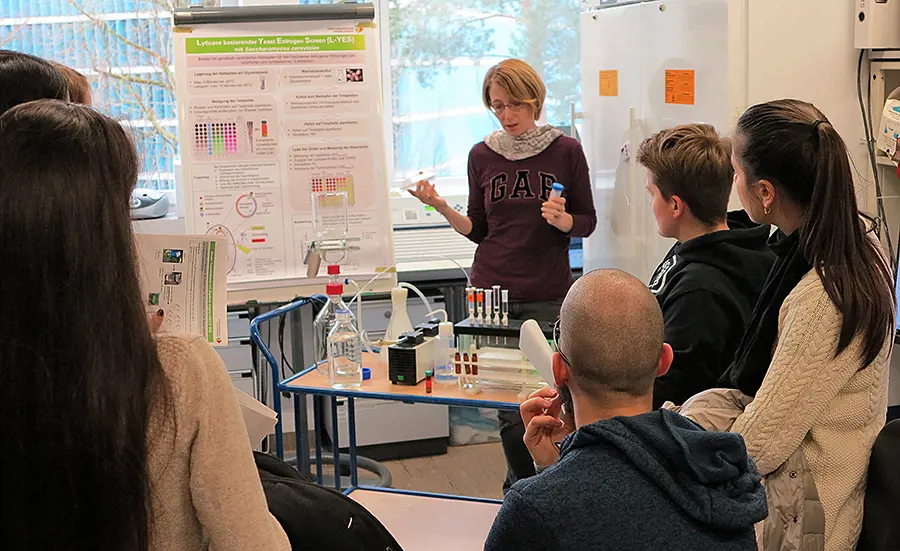
Ecotoxicology for ZHAW students
In March 2018, the Ecotox Centre has given its annual introduction to ecotoxicology to prospective biotechnologists.
Read more31. January 2018, Topic: Aquatic Ecotoxicology , Sediment Ecotoxicology , Risk Assessment
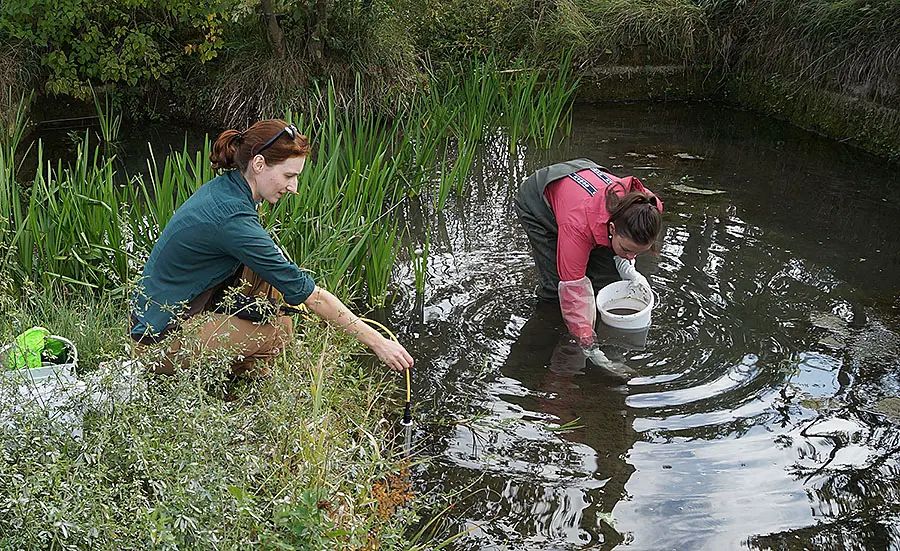
Symposium "Environmental Monitoring with Bioassays" on 5./6. June 2018
The use of bioassays to assess water quality has many advantages and the acceptance of bioassays has increased in recent years. On the occasion of its 10th anniversary, the Ecotox Centre organises a symposium on the topic.
Read more22. December 2017, Topic: Aquatic Ecotoxicology , Risk Assessment
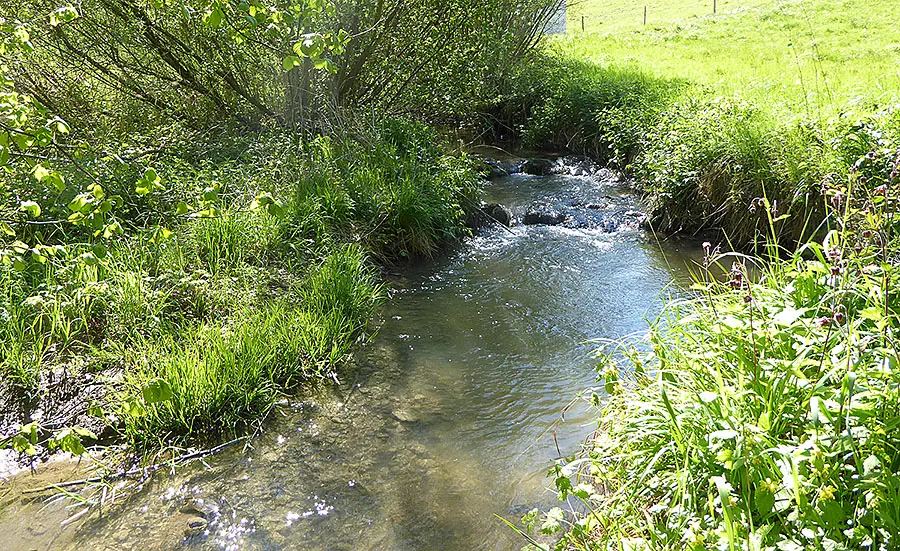
Eawag supports introduction of effect-based environmental quality criteria
At the end of November, the Federal Council has sent the new risk-based required limits for biocides, plant protection products and other micro-pollutants within the Water Protection Ordinance in consultation. A new Eawag fact sheet shows why these values are meaningful and necessary.
Read more24. November 2017, Topic: Aquatic Ecotoxicology , Risk Assessment
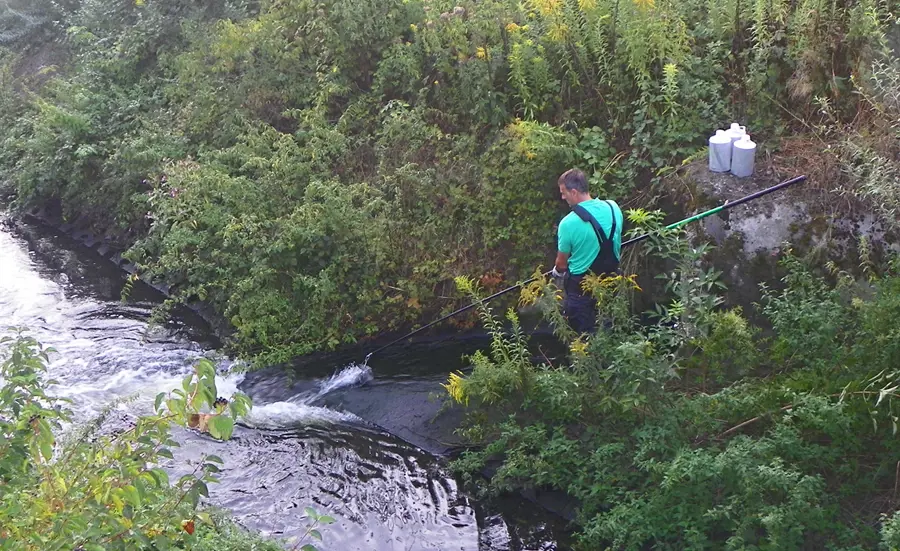
Estrogens in surface waters - Screening and risk assessment for Europe
In the framework of an international project, European water samples were analysed for estrogens using various biological and chemical methods. Bioassays based on cell cultures were shown to be well suited to detect the substances that are to be monitored across Europe.
Read more24. November 2017, Topic: Aquatic Ecotoxicology
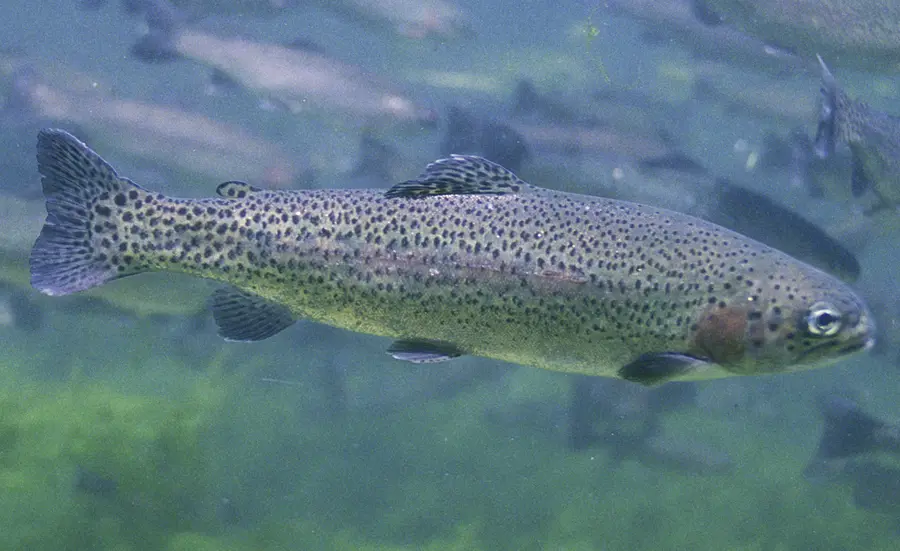
Immunotoxicity: an underestimated ecotoxicological effect of chemicals
Numerous substances influence the ability of wild animals to cope with pathogens. However, there are no established bioassays in ecotoxicology to screen environmental samples and chemicals for immunotoxic effects. The Ecotox Centre would like to improve this situation.
Read more